Taking the headache out of brain surgery: these gold nanoparticles cross the blood–brain barrier and report when they hit tumour tissue.
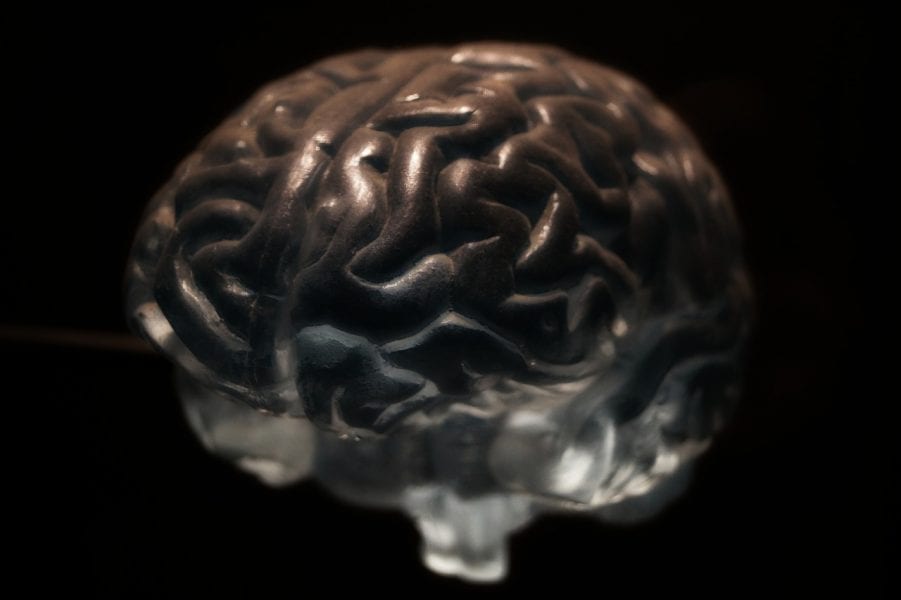

Taking the headache out of brain surgery: these gold nanoparticles cross the blood–brain barrier and report when they hit tumour tissue.

A very simple and general method for introducing nitrogen defects into the 2D structure of graphitic carbon nitride.
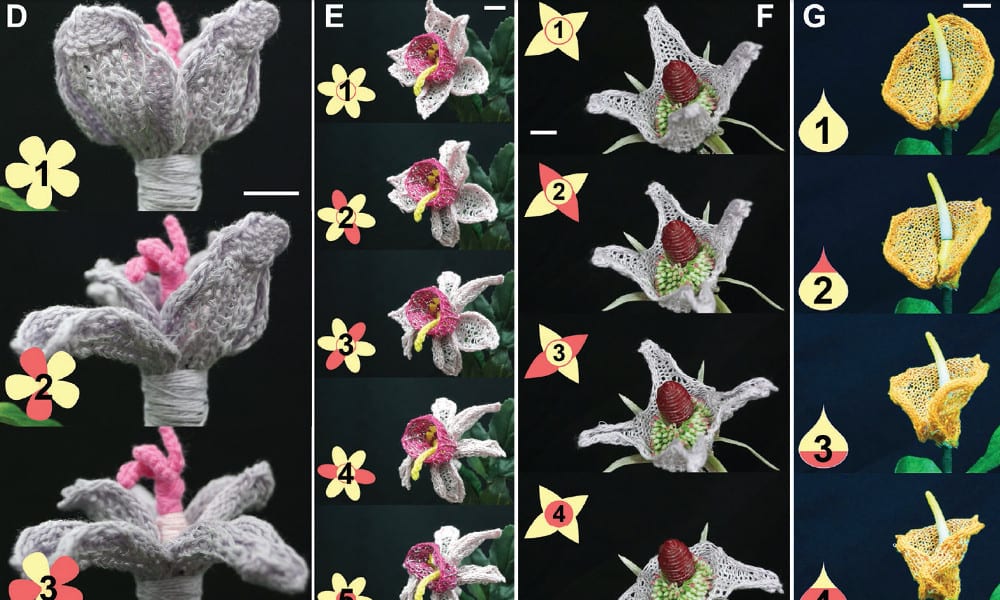
Knitted soft morphing flowers—lilies, daffodils, gamopetalous and calla flowers—are fabricated using thermally responsive smart fibres.
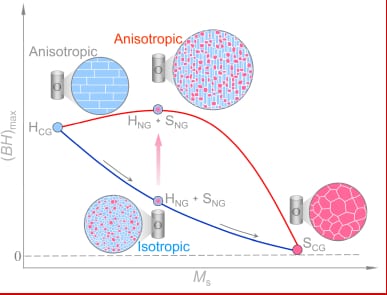
An exciting new strategy and direction in the quest for stronger permanent-magnet materials with fewer critical elements.
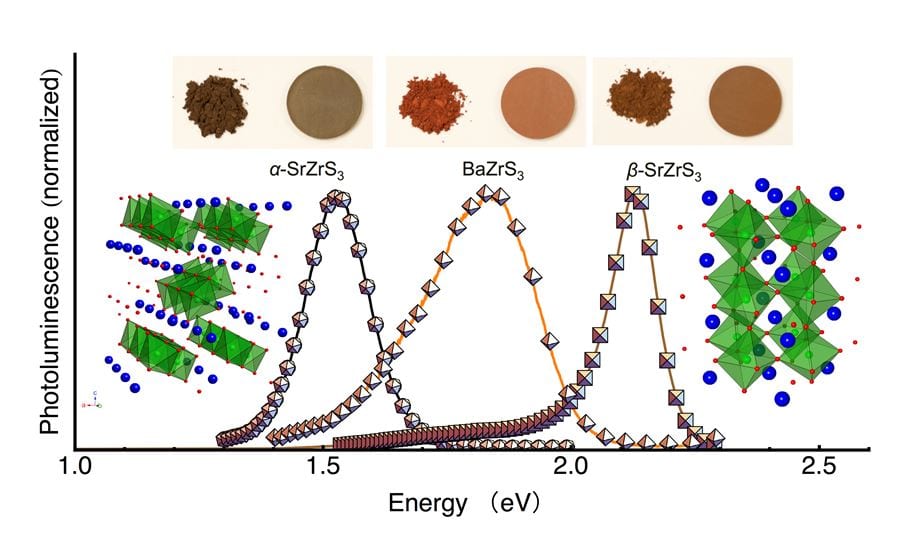
Transition metal perovskite chalcogenides are a new class of versatile semiconductors with high absorption coefficient and luminescence efficiency.
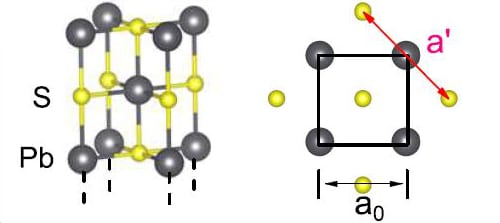
A PbS monolayer is demonstrated to be a novel platform for topological, valleytronic, and optical phenomena.
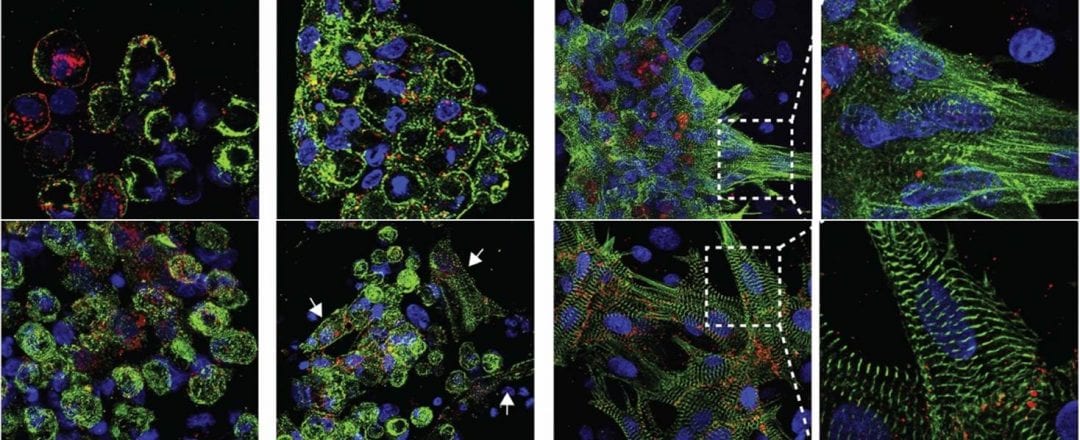
Incorporation of nanomaterials within hydrogels has great potential, as a simple approach, to generate multifunctional scaffolds with unprecedent biological, mechanical, and electrical properties.
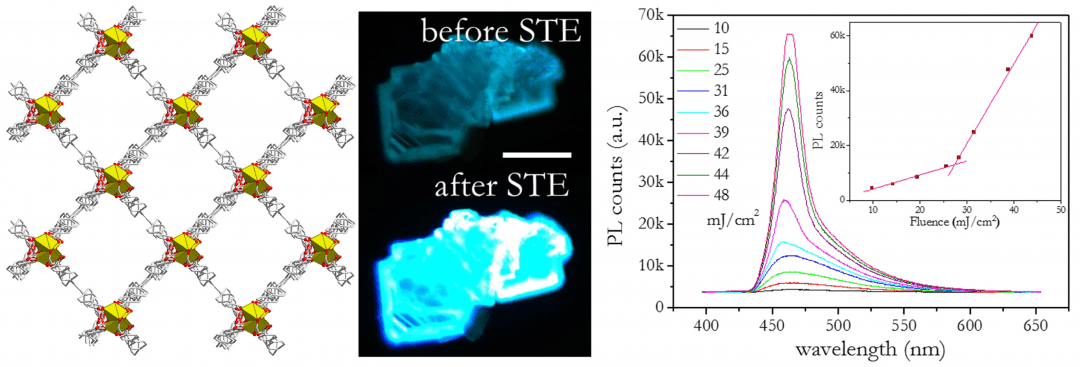
An international team suggest that coordination network materials, in particular MOFs, will be a useful platform for low-threshold lasers for diverse applications.
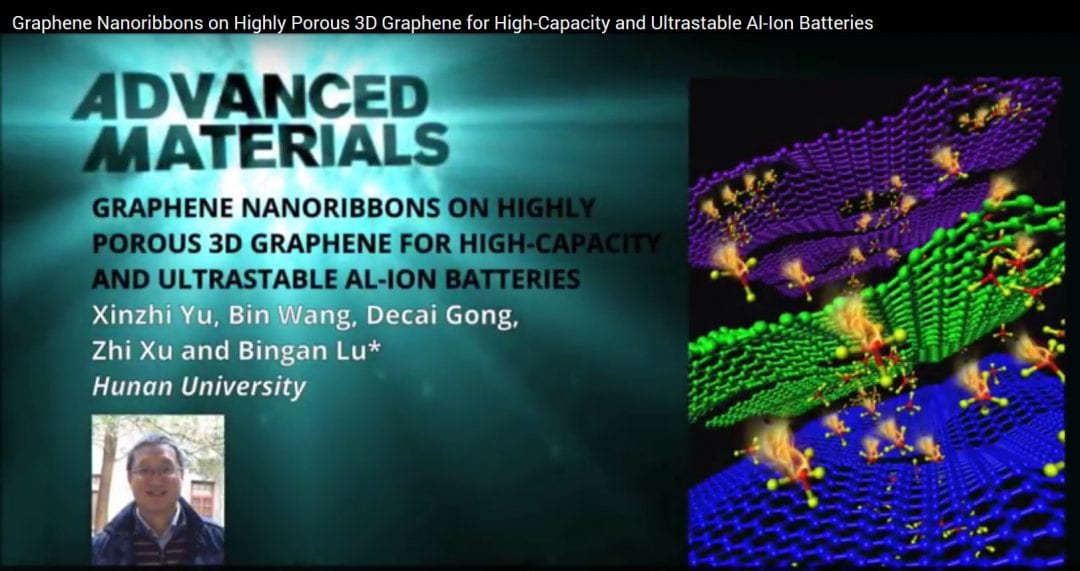
Get to know a highly porous 3D graphene foam as a binder-free cathode material for high-capacity Al-ion batteries.

Co3O4 is emerging as favorable candidate for application in pseudocapacitors due to its low cost, super-high theoretical capacitance (3560 F/g), and great reversibility. Now, even more with substantially enhanced specific capacitance and cycling stability achieved by surface modification.